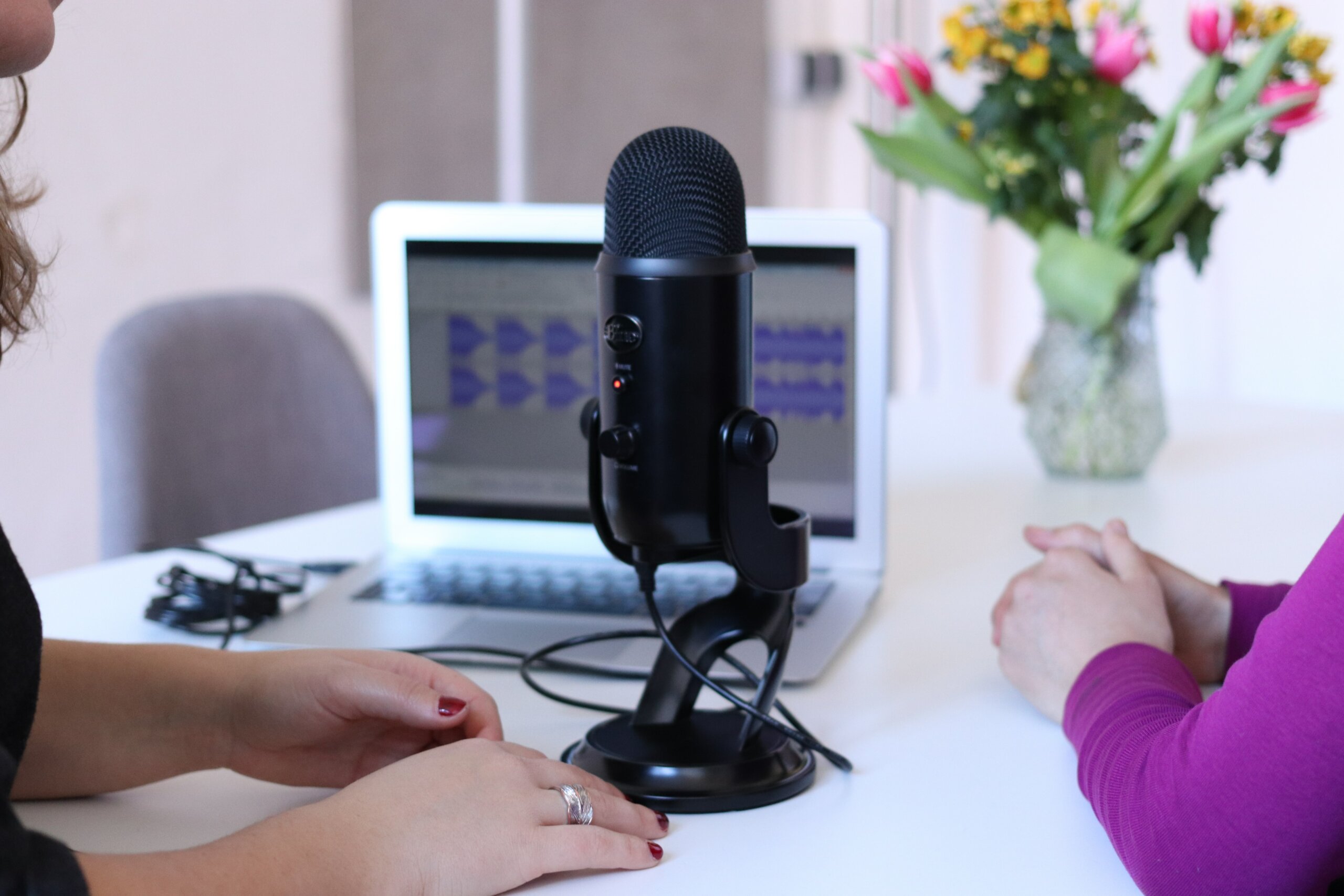When I first started copywriting, there was one phrase that would trigger my anxiety so badly, it made me feel like I drank 100 cups of coffee just before walking out on stage and giving a TedTalk.
Wanna know what that phrase was?
Tone of voice.
Just typing it now brings back all sorts of PTSD-style memories of me sitting at work, getting assigned a new project, and knowing in an instant it was going to be a struggle.
It was always brands that had a specific tone of voice that would scare me the most, because it meant my copywriting skills would be stretched to the limits.
When I’d get those projects, I’d convince myself that I wouldn’t be able to do it, the client would complain to my boss, I’d get fired, and my life would be over (dramatic, much?).
One memory that sticks out is the time I was assigned to write copy for P.Diddy.
YES! P.Diddy, aka Puff, aka Puff Daddy, aka Diddy, aka Sean Combs!

As an agency, we were working on Diddy’s new tequila, DeLeon, and part of the project was writing promotional content he could post on his social media channels, and guess who had to write it?
ME!
Yes, that’s right. A twenty-something, white girl from Connecticut had to write tweets and Instagram captions for P. fucking Diddy.
Pressure, much?
While it all worked out in the end, it wasn’t the first or last time I had to write copy that was completely outside my comfort zone in terms of tone or style.
Throughout my career, I’ve had to write copy for football players, lacrosse bros, crypto kings, balding men, old men, teens, truckers, moms, cops, accountants, and many other groups with tones and styles that are very different from my own.
At the time, doing the work was very hard and often uncomfortable, but it helped me sharpen my skills and develop tools for not only mimicking, but creating unique tones of voice.
In fact, it’s one of the skills that helps me whenever I’m developing characters for scripts!
Today, I’m going to share with you my tips for creating brand personality/tone of voice, and later this month, I’ll show you how to translate it into your writing (that’ll be Part 2).
The tips are wrapped up in a short process that involves asking questions about your (or your client’s) brand.
If it’s helpful, write your answers down on a piece of paper or in a notes app.
Alright, let’s get into it!
Step 1: Get clarity on the personality of the brand
I know creating tone of voice can seem really mysterious, but it’s easier than you think.
When working with a new client, I always start by asking these basic questions to help me get to the core essence of the voice I’m trying to create or mimic:
1. What kind of feelings do you want customers to have when they interact with your brand?
2. If your brand were a person, how would you describe their personality?
While you may be able to get everything you need from the questions above, here are some “bonus” questions that may also be helpful:
3. If you had to hire a salesperson to interact with your customers on a day-to-day basis, what kind of person would be perfect for that job?
4. Does the “ideal salesperson” you described above have different traits from the brand personality you’re trying to create? Why or why not?
If you want even more questions, check out my article here on unconventional ways to explore your brand personality.
Step 2: Identify the brand traits, attributes, and characteristics
Go back through your responses to the questions above and pick out the various traits, attributes, and characteristics. If it’s helpful, use a highlighter or highlighter tool to identify the right words.
If your responses aren’t generating results, check out this long list of adjectives from The Marketing Doula for some ideas.
Step 3: Translate your brand personality into tone/voice
The questions below will help you solidify the brand personality and get you thinking about it in a more tangible way.
1. What kind of voice, tone, or style matches the brand traits/attributes/characteristics you identified above?
2. What kind of words or phrases match the kind of brand personality you’re trying to build?
3. Are there any brands out there who embody the personality/voice/tone you’re trying to create?
4. Are there any celebrities or fictional characters who embody the personality/voice/tone you’re trying to create?
5. What words would you NEVER use to describe the personality/voice/tone you’re trying to create?
I did it! Now what?
Great work!
While it may not be perfect, you should have a better sense of the brand personality and tone of voice you’re trying to create or mimic.
If it’s helpful, try putting your responses into a chart like the one below.
It’s sort of like a “cheat-sheet” that you can reference whenever you’re writing or creating something for the brand.

If you’d like to take things a step further, check out my branding course, which dives deeper into tone of voice and brand personality, as well as other factors that can influence your brand (like your brand story, values, mission, etc).
I hope you found today’s article helpful – if you’d like to learn more about how to infuse tone of voice into your actual copy, stick around for Part 2 which is coming later this month.
As always, thank you for reading ❤️ If you found this article helpful, please share it with a friend or colleague!
